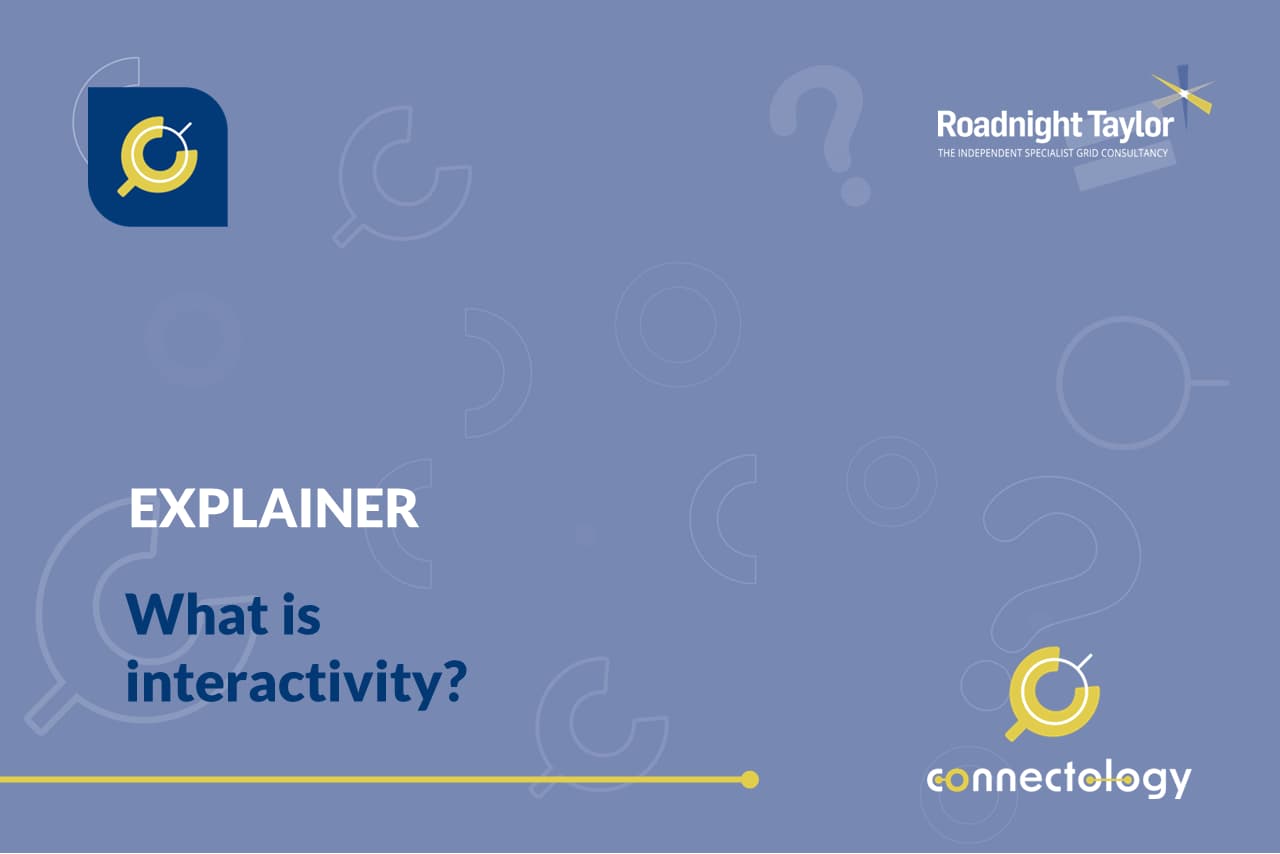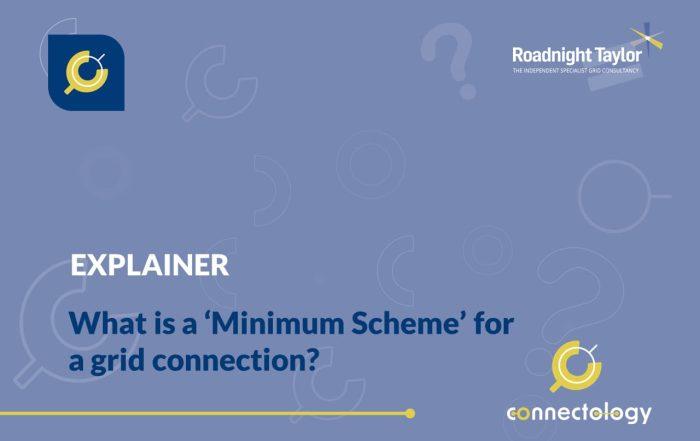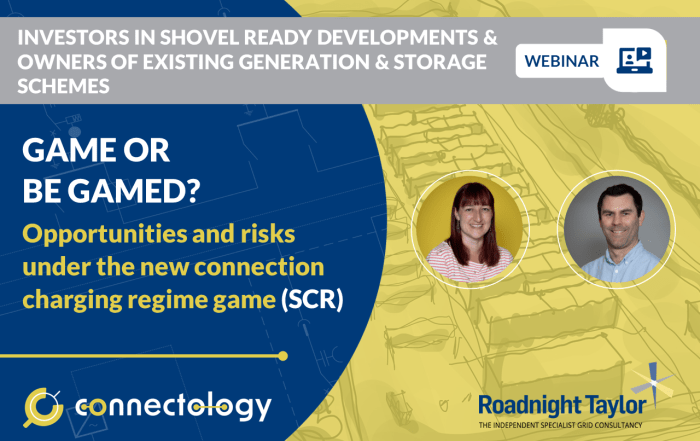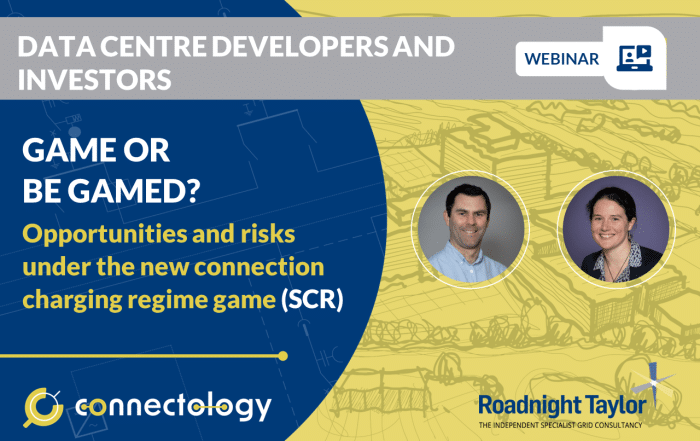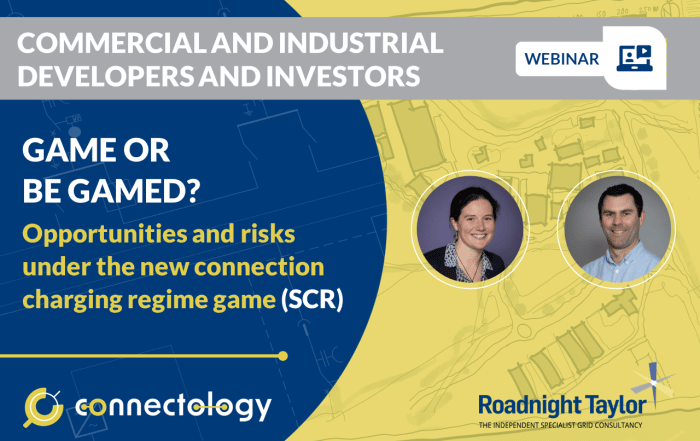What is interactivity?
Interactivity is when two or more grid connection applications will make use of the same part of the network and where not all the applications can proceed. Pete Aston explains more below.
Article by Pete Aston – acknowledged expert in ANM systems
Pete joined Roadnight Taylor from Western Power Distribution (WPD), the UK’s largest Distribution Network Operator (DNO) and world-leading pioneers of ANM. Heading up WPD’s system planning team, Pete was responsible for the design of, and all connections to, its extra-high voltage networks. He was also responsible, amongst other things, for overseeing the roll out of ANM across all four of WPD’s licence areas.
31st January 2023

Interactivity is when two or more grid connection applications will make use of the same part of the network and where not all the applications can proceed. Interactivity can relate to network capacity (such as the rating of a circuit) or physical constraints (such as there not being sufficient space in a substation for all the connections).
What happens when interactivity is identified?
When interactivity has been identified by the network company, the offers that are issued will include clauses about how the interactivity affects each of the offers. The process now used is called Conditional Interactivity, a change from the previous process which used a moratorium period.
When interactivity is triggered, the application with the earliest application date is the first customer in the interactivity queue and is given an Unconditional Offer. Their acceptance period is shortened to 30 days, but during that 30 days the activity of the other customers in the interactivity queue can’t affect their outcome – they call the shots.
The second and subsequent customers are all Conditional on those ahead of them in the queue not accepting, and also have a 30- day acceptance period.
If the first customer accepts, everyone else loses out. If the first customer doesn’t accept and the second customer does accept their offer, then everyone else after the second customer loses out, and so on. (Note that in some interactivity queues multiple customers can accept their offers).
If an application is unsuccessful, the unsuccessful applicant has the chance to reapply and keep their place in the application queue, as long as they don’t change anything about their application.
The Energy Networks Association Interactivity Process Guide gives a lot of examples and diagrams about how the process works, but is quite long! The National Grid Electricity Distribution (was WPD) Interactivity Process Guide is also worth a read, and is much shorter.
What can be the impact of interactivity?
The impact of interactivity is significant, as a project can lose out on a good grid connection. It is almost impossible to predict if interactivity is going to happen, because DNOs don’t publish data on connection applications until they have accepted an offer, by which time interactivity doesn’t apply. The other impact is that some DNOs charge a new Connection Offer Expenses (assessment and design) fee if a customer reapplies.
Contact us
Roadnight Taylor can help you to make the right applications and navigate any interactivity that might happen along the way.
To find out more call us on 01993 830571 or send us a message via our contact form.

